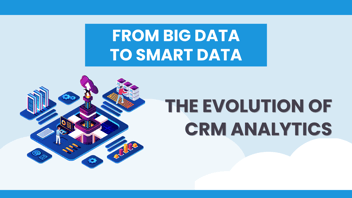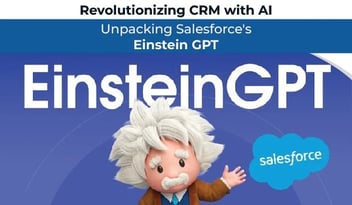Various methods to read data from SQL databases using Salesforce and provide best practices for seamless integration
Introduction
Salesforce is a powerful CRM platform that helps businesses manage their customer relationships and streamline their sales processes. On the other hand, SQL databases are widely used for storing and managing structured data. Integrating Salesforce with SQL databases can provide businesses with a unified view of their data, making it easier to analyze and make informed decisions. In this blog post, we will discuss various methods to read data from SQL databases using Salesforce and provide best practices for seamless integration.
1. Salesforce ConnectSalesforce Connect is a powerful feature that allows you to connect Salesforce to external databases using the OData (Open Data Protocol) standard. By leveraging Salesforce Connect, you can create External Objects in Salesforce that represent tables in your SQL database. This allows you to interact with the data as if it were native Salesforce data, making it easy to access, view, and update the information.
To set up Salesforce Connect, you will need to:
- Configure an OData endpoint for your SQL database
- Set up an External Data Source in Salesforce
- Create External Objects in Salesforce that map to your SQL database tables
Keep in mind that Salesforce Connect provides real-time access to the data in your SQL database, which means any changes made in the database will be immediately reflected in Salesforce.
2. ETL Tools and Data Integration PlatformsETL (Extract, Transform, Load) tools and data integration platforms provide another way to synchronize data between your SQL database and Salesforce. These solutions connect to your SQL database, extract the data, transform it as needed, and then load it into Salesforce.
Some popular ETL tools and platforms that work with Salesforce include:
- Jitterbit
- Talend
- MuleSoft's Anypoint Platform
When selecting an ETL tool or data integration platform, consider factors such as ease of use, scalability, and cost. Many of these tools offer pre-built connectors for Salesforce and popular SQL databases, making it easier to set up and maintain the integration.
3. Custom API-based Solutions
For businesses with unique requirements or a need for greater control over the integration process, developing a custom solution using the Salesforce API is an option. This approach may require more development effort but provides flexibility and the ability to tailor the solution to your specific needs.
To build a custom API-based solution, you will need to:
- Develop a middleware application that communicates with both the Salesforce API and your SQL database
- Implement the necessary data synchronization logic, including error handling and data transformation
Conclusion
Integrating Salesforce with SQL databases enables businesses to leverage the combined power of both platforms, resulting in a unified view of their data and more efficient business processes. The three methods discussed in this blog post - Salesforce Connect, ETL tools and data integration platforms, and custom API-based solutions - offer different levels of complexity and control, allowing businesses to choose the approach that best fits their needs and resources.
By understanding the various integration methods and best practices, you can ensure a seamless connection between Salesforce and your SQL database, ultimately empowering your business with the insights needed to make informed decisions and drive growth.





Leave a Comment